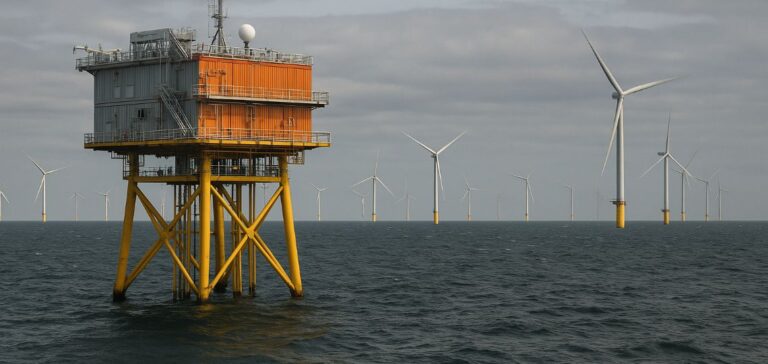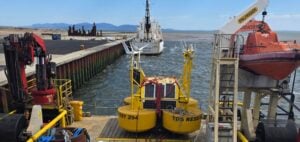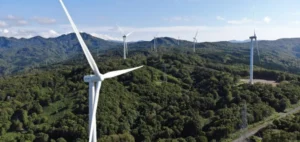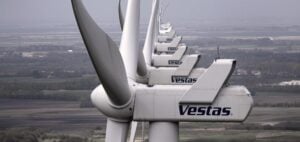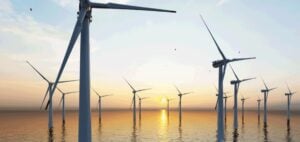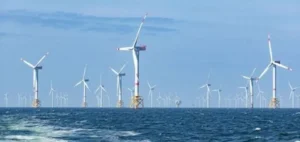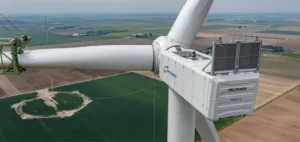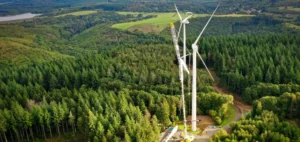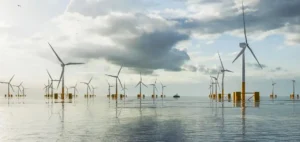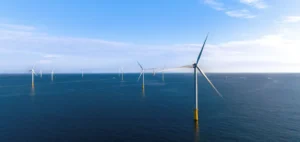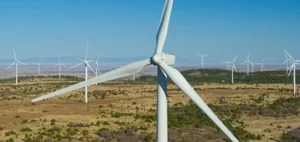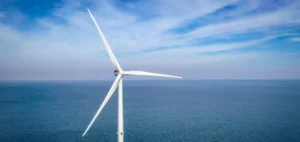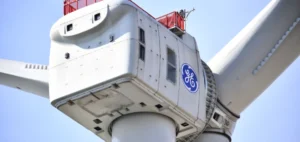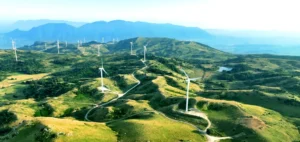ScottishPower Renewables, a subsidiary of the Spanish group Iberdrola, has awarded an EPCIC (engineering, procurement, construction, installation and commissioning) contract to Dutch company HSM Offshore Energy for the delivery of the offshore high-voltage substation and its foundation for the East Anglia TWO project in the United Kingdom. The contract covers the design, fabrication and installation of a 5,100 metric tonne topside and a 3,700 metric tonne jacket foundation, both to be deployed in the North Sea.
The East Anglia TWO wind farm, with a planned capacity of 960 megawatts, is located approximately 33 kilometres off the coast of Southwold, Suffolk, and 37 kilometres from Lowestoft. It is expected to generate electricity equivalent to the consumption of 950,000 British households. Initial engineering works began in summer 2024 under an early work agreement. Construction is scheduled to start in the fourth quarter of 2025, with jacket installation in the third quarter of 2027, followed by the topside later that year.
Early commitment to secure supply chain capacity
According to Ross Ovens, Managing Director for Offshore at ScottishPower Renewables, this contractual approach reflects a strategy aimed at securing supply chain partners at an early stage. This foresight is intended to ensure the availability of industrial capacity required to meet project timelines.
Hans Leerdam, Chief Commercial Officer at HSM Offshore Energy, emphasised that the contract marks a significant milestone for the company. He also praised ScottishPower Renewables’ decision to reserve yard space early, which he described as critical for maintaining momentum in offshore project delivery.
Large-scale development off the UK coast
The project forms part of the wider East Anglia Hub offshore wind complex, with East Anglia TWO being one of its key elements. HSM Offshore Energy will operate from its facilities in Schiedam, the Netherlands, using its heavy prefabrication and assembly capabilities to meet the technical requirements of the offshore site.
The construction aims to strengthen national electricity production capacity through offshore infrastructure, relying on integrated design contracts to reduce technical interfaces and mitigate construction risks in the marine environment.


